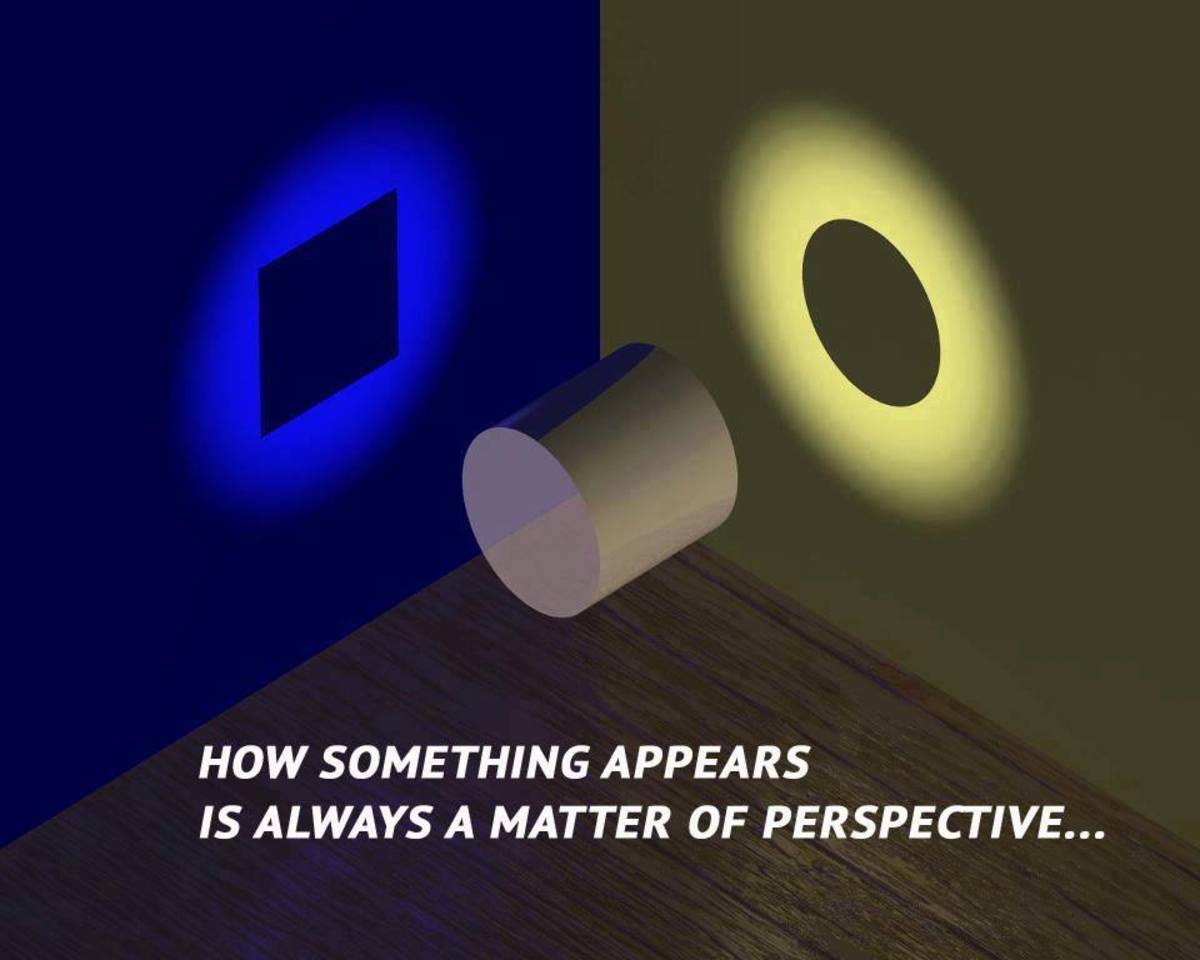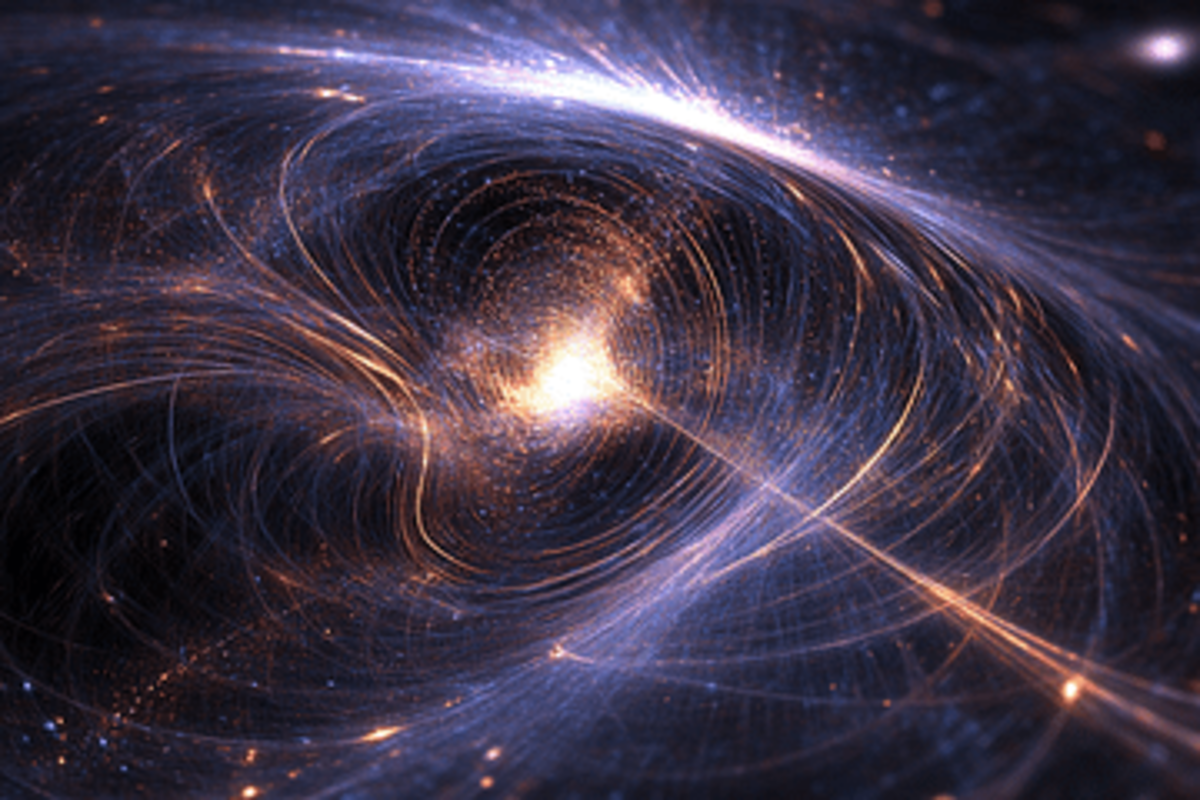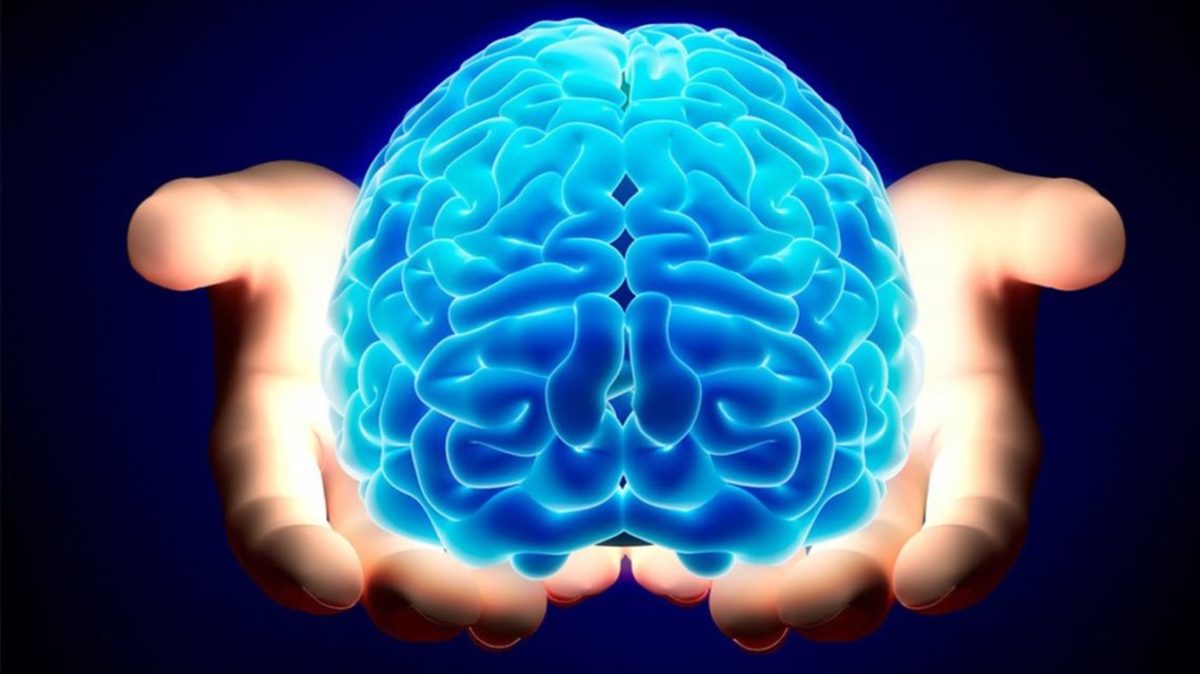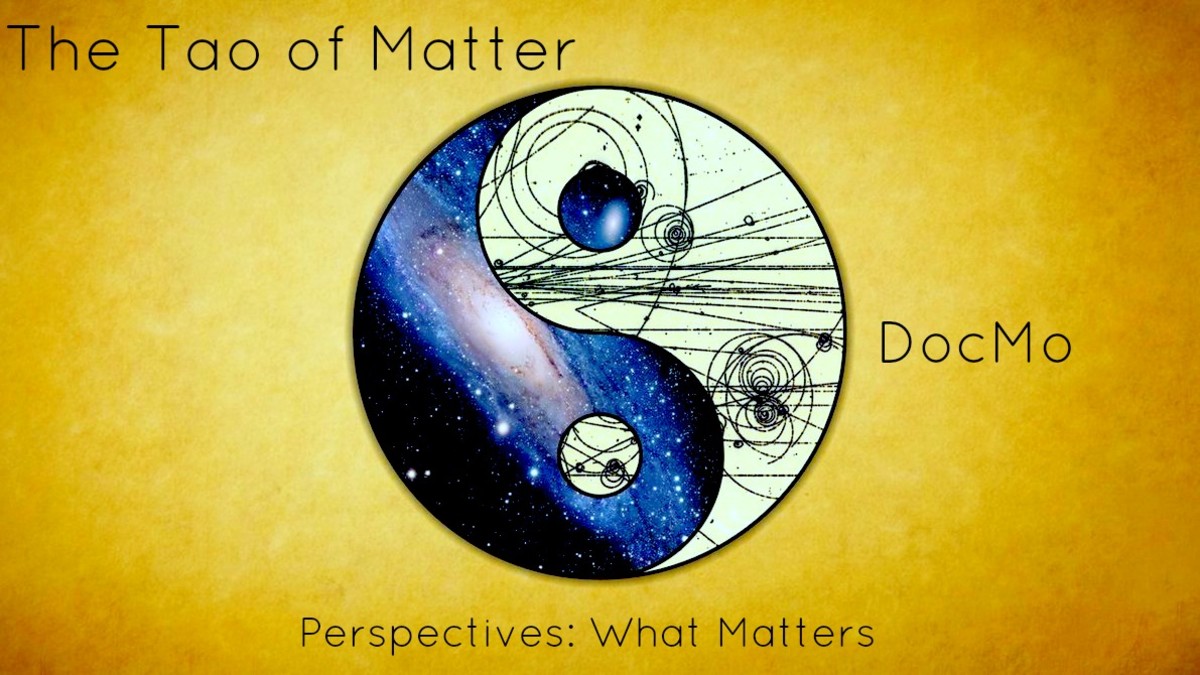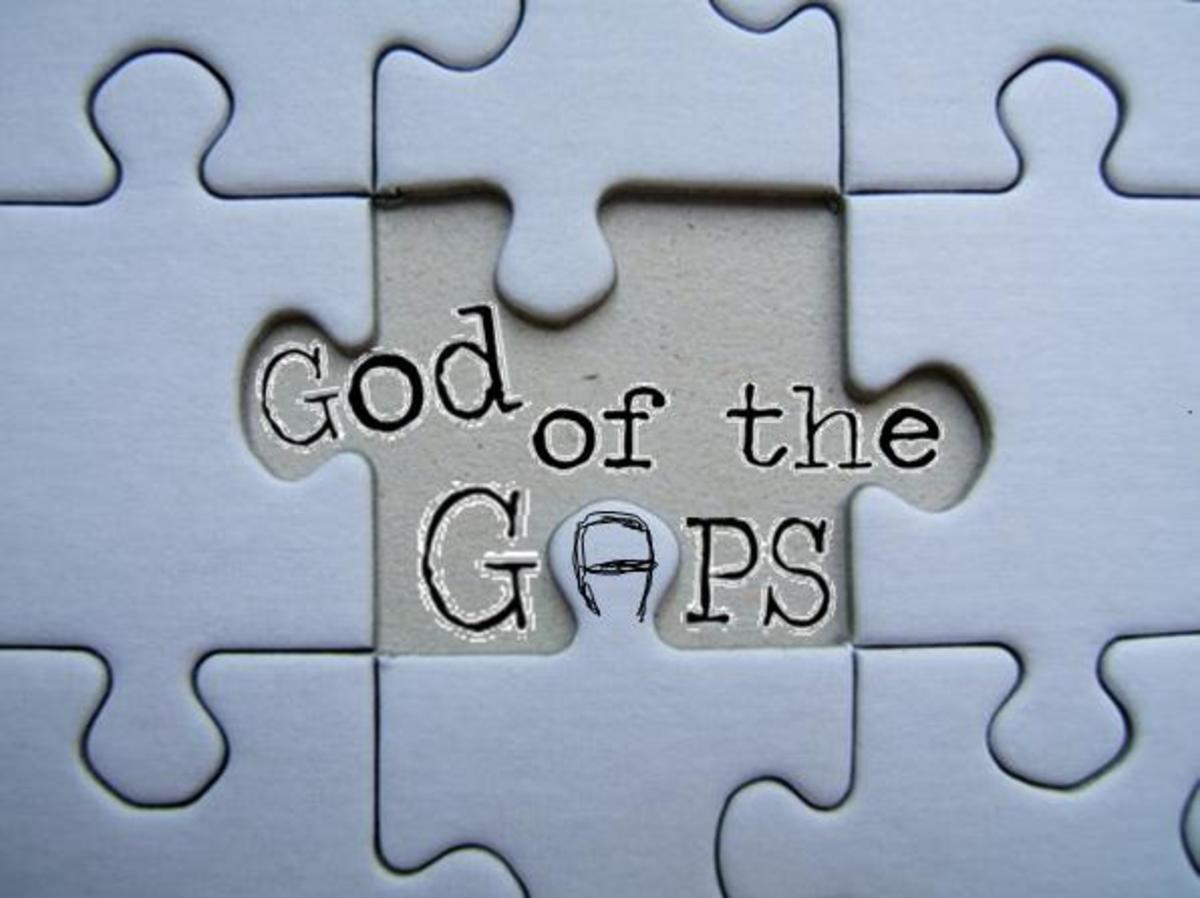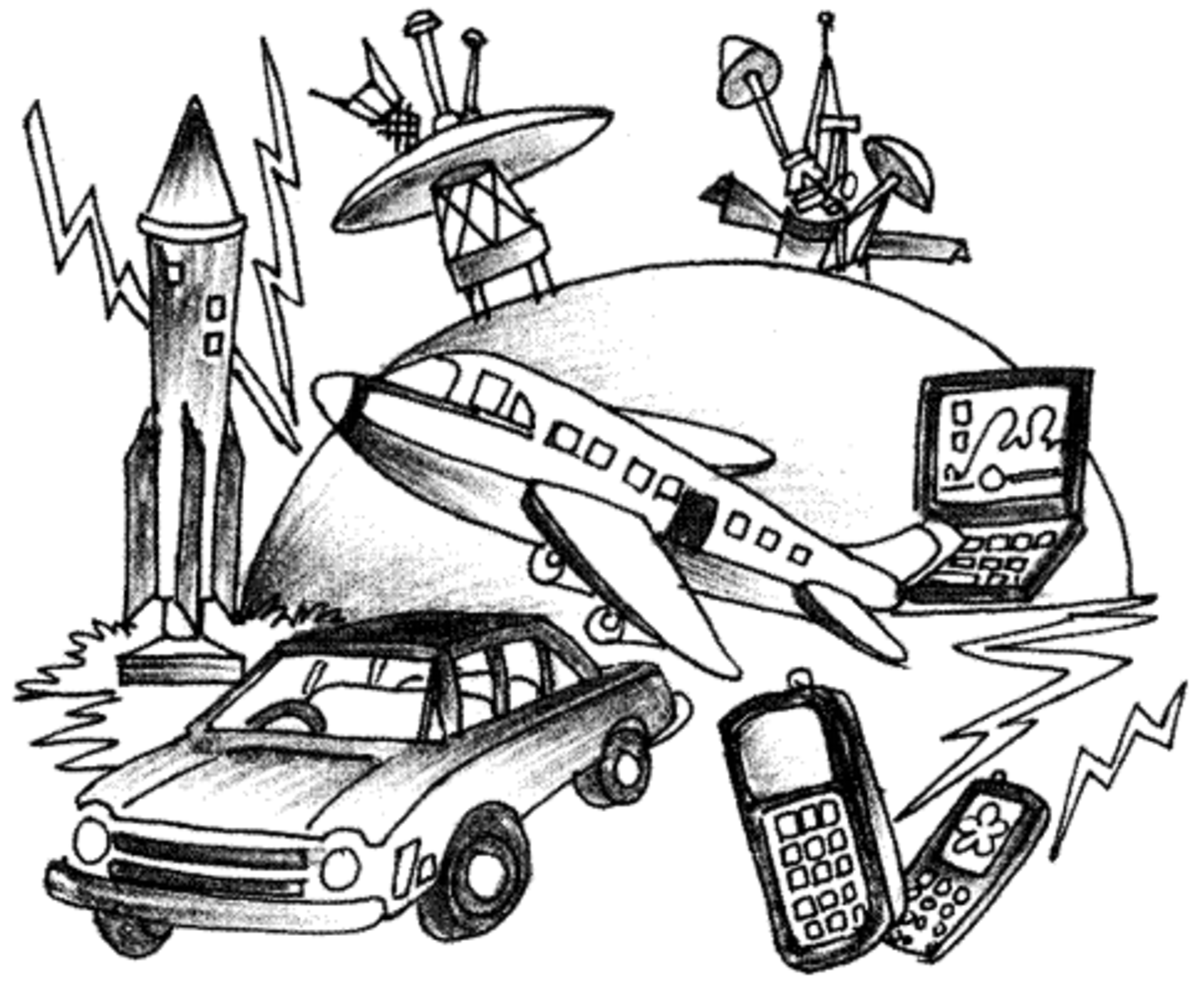The Reality of Mind Over Matter
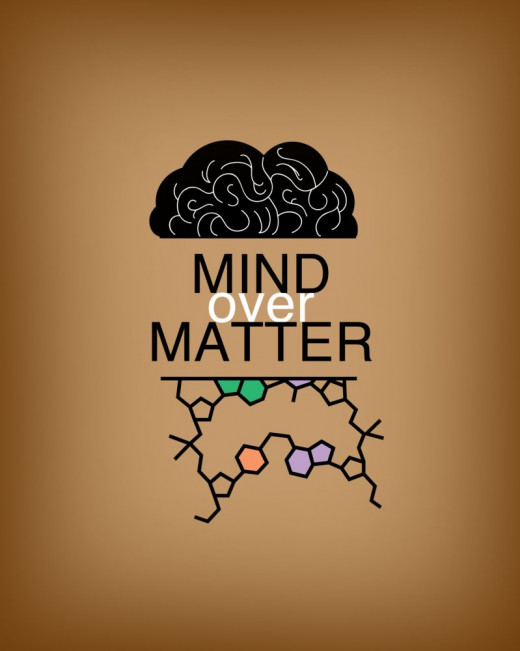
"We are self-aware. We do have consciousness and because of this, we can seize control of specific aspects of our living experience."
A Review of Reality
As humans, we view the world around us as an ever-changing, infinite creation that yields to the mind of no ordinary man. However, developments in the field of Theoretical Physics and Quantum Mechanics beg the question, how much effect do we have on the world around us? Can we change the world with our minds instead of our hands? If so, what is holding us back? The experts argue that we have self-awareness and the ability to make choices; therefore, we are the source of our thinking and actions. Others say we are bound to conformity and all “original” thought is simply recycled from the experiences and progression of those around us. According to Sam Harris, a scientific author breaking down the barriers of common thinking, “Free will is an illusion. Our wills are simply not of our own making. Thoughts and intentions emerge from background causes of which we are unaware and over which we exert no conscious control…” (Harris 5). However, this statement doesn’t sum up all of existence. We are self-aware. We do have consciousness and because of this, we can seize control of specific aspects of our living experience. Each of these questions has brought on theories more radical and controversial than the previous, but who should we believe? The Classical Physicists, who dwell in the cells of materialism, forever bound to the earth by a tether; or the Theorists who dream and imagine the world as a fluctuating current of energy and space? In this review, we will discuss the applications of consciousness and conscious purpose, ego, and perception brought to you by the great scientific dreamers of our time.
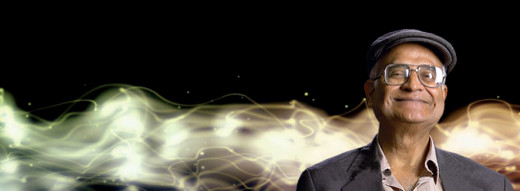
"I, the conscious I, see an unconsciously edited version of a small percentage of what affects my retina. I am guided in my perception by purposes. I see who is attending, who is not, who is understanding, who is not, or at least I get a myth about this subject, which may be quite correct. I am interested in getting that myth as I talk. It is relevant to my purposes that you hear me."
-Gregory Bateson, Steps to an Ecology of Mind
The Conscious Life
Consciousness has been a controversial topic for many years. Determinists argue the very existence of consciousness while Quantum Physicists believe it to be the source of all reality. It all comes down to Non-Locality. Where is our mind or our soul? Humans walk around with high-tech computers in their heads but what powers the computer? Amit Goswami, retired professor of Quantum Mechanics at the University of Oregon for over thirty years, is a leader in the Quantum journey. He is the founder of the Center for Quantum Activism and his invitation for a happier more meaningful life has touched many people. Amit dedicated his life to understanding the inner working of our universe and has published many books, including a textbook on Quantum Mechanics still used in classrooms today. He and many other Theoretical Physicists focus on the concept of Non-Locality. Non-Locality is the theory that consciousness lies outside our physical bodies (Lloyd ch. 3). We are, in theory, able to influence the universe through meditation and focus with our consciousness. In this universe, we must accept the possibility that we are not in the passenger seat of our lives. Many choose to live according to the rules detailed in holy texts and in turn neglect their personal rule books. They use excuses to avoid taking control of their experiences. Conscious purpose is a technique of living with the idea that by focusing on a desired experience, one can willfully manifest the experience. You can alter the synapses in the brain just by smiling more. Think about that. Conscious purpose allows us to choose an experience simply by deciding it’s what we want. This excerpt from Steps to an Ecology of Mind illuminates the wisdom of Gregory Bateson:
I, the conscious I, see an unconsciously edited version of a small percentage of what affects my retina. I am guided in my perception by purposes. I see who is attending, who is not, who is understanding, who is not, or at least I get a myth about this subject, which may be quite correct. I am interested in getting that myth as I talk. It is relevant to my purposes that you hear me.
If I choose to view a previously negative situation from a level of acceptance and understanding, I have successfully altered my experience. My conscious purpose is accomplished and I no longer dread the situation. In integral medicine, these concepts are being applied in the field to help heal people. Amit Goswami states in The Quantum Doctor:
In the alternative medicine paradigm, you can see three primary currents: One is based on the idea of “mind over body,” that mind causes disease and mind heals, hence mind-body healing. Mind over body is possible because the causally efficacious mind is nonphysical. The Freudian idea of disease as suppressed emotional thought and healing as the awareness of the suppression (Sarno 1998) falls in the same category – psyche over soma, mind over body. (11)

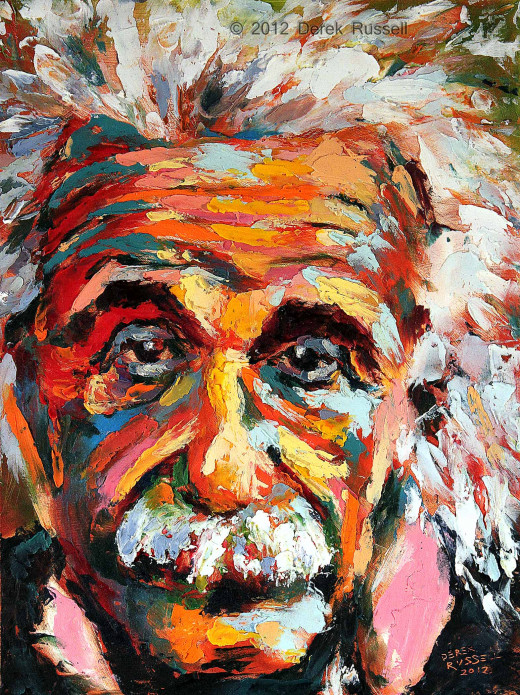
Brick Walls in Our Brain
Ego is the figurative shadow that keeps our consciousness from embracing its full potential. We can’t, as ego driven individuals, achieve our state of consciousness that actually controls our world. We can’t accept our role in the creation of our futures, at least not completely. The ultimate goal of an enlightened individual is to leave footprints without touching the ground. When we die, it is theorized that, because we are no longer tethered to the physical illusion of the universe, our ego dissolves, or is left with our physical self. So whereas Consciousness is Non-Local, Ego lies within us. Albert Einstein stated, “A human being is a part of the whole, called by us, “Universe,” a part limited in time and space. He experiences himself, his thoughts and feelings as something separated from the rest — a kind of optical delusion of his consciousness.” (qtd. in “Quantum Consciousness”). In the book, The Physics of the Soul: The Quantum Book of Living, Dying, Reincarnation and Immortality Amit Goswami gives us a representation of the ego in the materialistic universe:
How do we get our ego-identity? Clearly, our experiences as we grow up shape the ego. Memories of these experiences most probably are preserved in the physical brain. Moreover, experiences alone (nurture) are not the whole of the ego-development; it seems logical that our genetic endowment (nature) also plays a role. But both genetic and brain memories are physical. With the demise of the body and the consequent decay of these physical memories, can the ego function? (2-3)
To depart from the ego is to inherit our true power. Unfortunately, from the time we are babies we are surrounded by the views and influences of our parents and the people around us which has a magnificent effect on our egos building them up to the point of near imprisonment of our conscious selves.
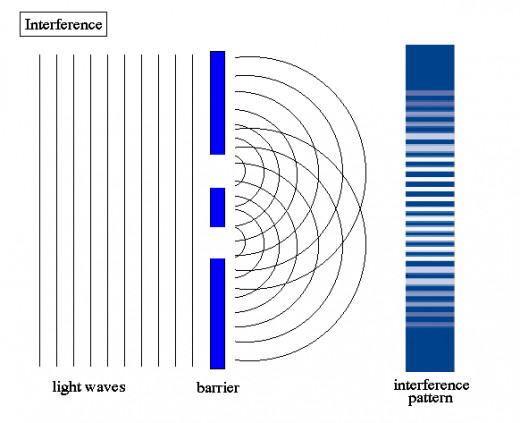
"We only bring part of what we see with our eyes to our conscious attention. The rest gets stored for later use. So the key to perceiving reality is to accept that the world is no more solid than an idea inside our heads."
Perceiving Bridges to Awareness
Perception is up to the individual based on the connection between physical nature and consciousness. Newton brought us laws that explain the structure of our world, but what is beyond the structure? These scientists believed in matter being the reality of our universe, but matter isn’t solid. It’s constantly moving, sometimes like particles and sometimes like waves. In the Double Slit Experiment, originally performed by Thomas Young, an electron gun is pointed at a wall with two slits cut into its surface. As the electrons are fired through the slits in the wall, they hit another wall and their point of contact is marked. You would expect the pattern on the back wall to resemble the shape of the two slits on the first wall, but it doesn’t. The electron pattern on the back wall shows multiple slits (“Young Two-Slit Experiment” fig. 1) ranging from more concentrated in the middle to less concentrated is a fanning pattern (“Young Two-Slit Experiment”). This happens because of electron diffraction. The particles act as a wave and bounce off of each other creating an unprecedented pattern. However, when the experiment is observed by a camera that can “see” every particle being fired through the slits, the pattern on the back wall is a two slit pattern. It’s almost as if the perception of the camera has a visual effect on the behavior of the particles.
Particles of energy are unpredictable and we can never pin-point their exact location and time. This being said, since the entirety of matter is composed of these particles, how can such a flimsy structure be the true base of reality? Atoms, the basis of all matter, are almost all empty space. They have minuscule nuclei made of bonded energy particles and encircling electrons that are constantly in motion. However, if nothing is solid then why can’t we float through walls or sink through the floor? Many theorists believe that the reason we view matter as being in varying states of solidarity is because of our perception. We see through our eyes, but our brains actually pick out the things we perceive. Think of it like a broken vacuum cleaner; it sucks up everything in its path then spits out half of it back onto the floor. We only bring part of what we see with our eyes to our conscious attention. The rest gets stored for later use. So the key to perceiving reality is to accept that the world is no more solid than an idea inside our heads.
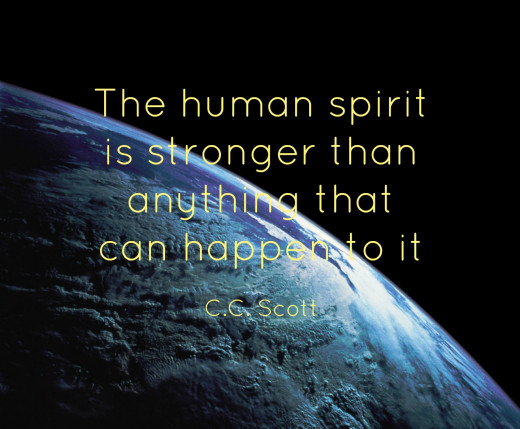

Conclusion
In conclusion, nothing is for sure. The mind is a complicated, ever-changing part of the human experience that nevertheless should be accounted for. However, just because every particle can’t be identified and labeled doesn’t necessarily mean it should. Life is driven by the questions that provoke creative thinking. Choosing to experience life can be the most thrilling and interesting journey. Whether we accept it or not, these concepts are all permanent aspects of our living experience. By choosing to live life with the knowledge that we are more than just conformist bodies, we can excel to a higher potential. Joseph Campbell, a mythologist and lecturer dedicated his life to finding patterns in myths and stories. He observed that we are all living what he called, “The Heroes Journey” and it is our job to fulfill our destiny. Before we grow into adults living in a materialistic society, we are the composition of our “Golden Self” and in order to achieve our bliss, we have to chip away the stone to find the gold (Finding Joe). Just because we’re human, doesn’t mean we can’t be golden.
Works Cited
Bateson, Gregory. “Conscious Purpose versus Nature.” Swaraj.org Swaraj, n.d. Web.
Finding Joe. Solomon, Patrick, dir. Perf. Deepak Chopra, Tony Hawk, Rashid Jones, and MickFleetwood. Beyond Words Publishing, 2011. DVD.
Goswami, Amit. Physics of the Soul: The Quantum Book of Living, Dying, Reincarnation andImmortality. Charlottesville: Hampton Roads Publishing Company, Inc., 2001. Print.
Goswami, Amit. The Quantum Doctor. Charlottesville: Hampton Roads Company, Inc., 2004.Print.
Harris, Sam. Free Will. New York: Free Press, 2012. Print.
Lloyd, Peter. “Discussion of Amit Goswami’s Science Within Consciousness.” perterlloyd.org.1999. Web. 8 May 2013.
“Quantum Consciousness.” CLN news. Waking Times. 21 Oct. 2012. Web.
“Young Two-Slit Experiment.” abyss.uoregon.edu. n.d. Web.

